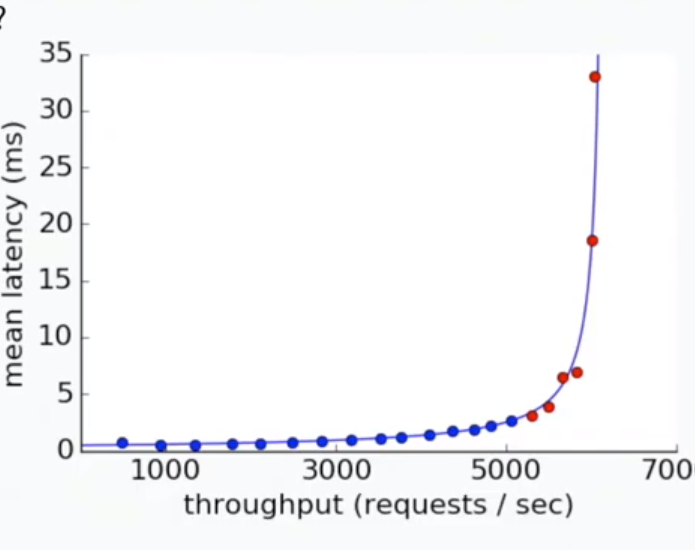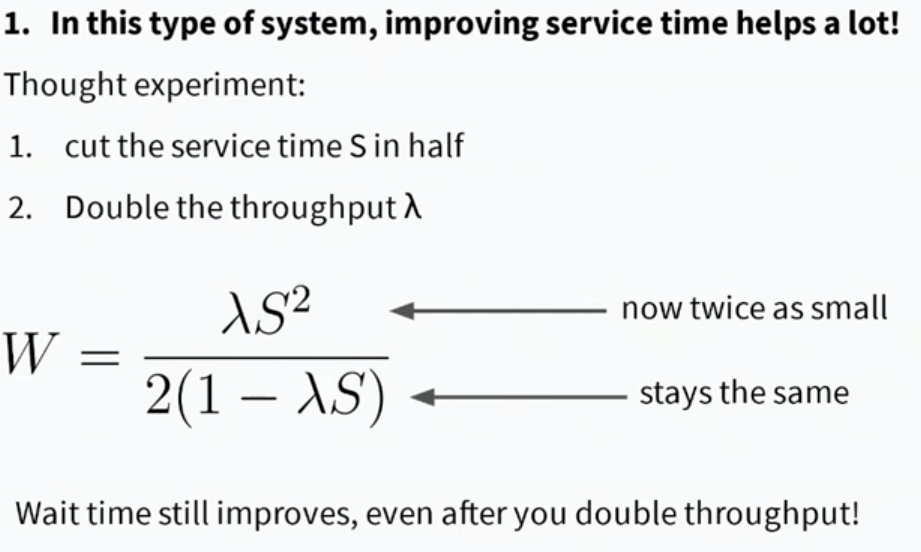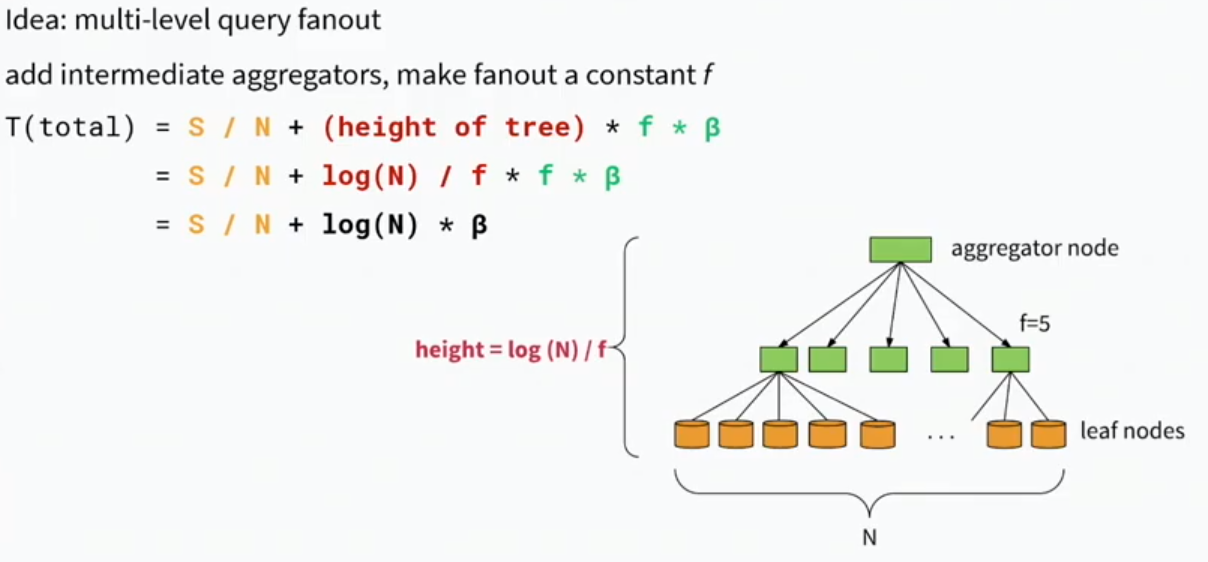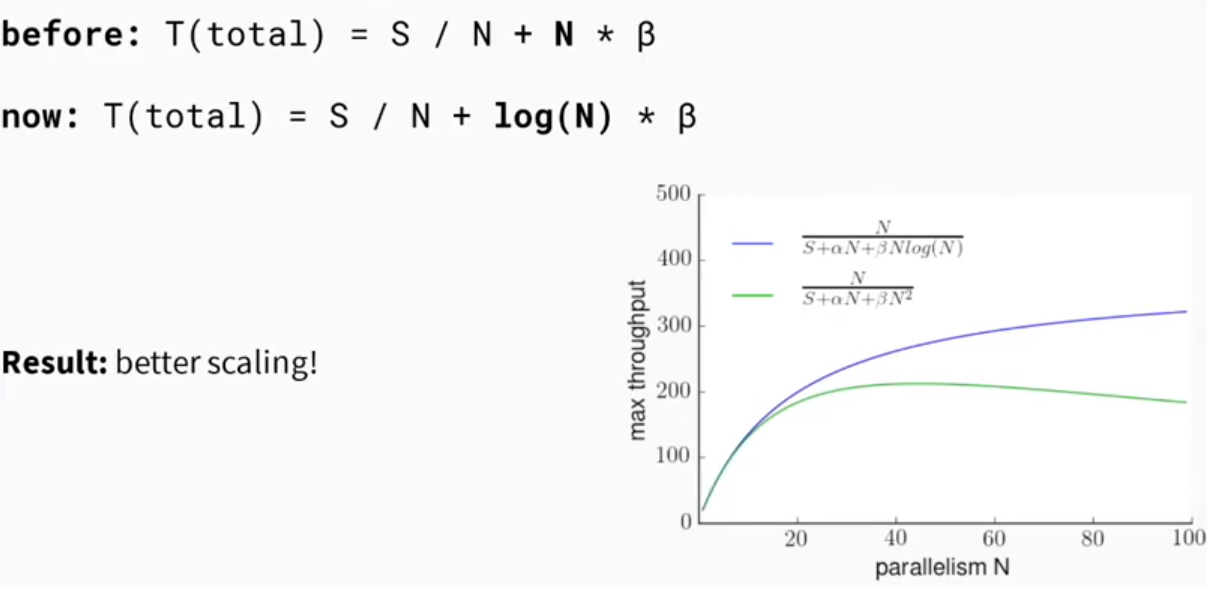“Queueing Theory in Practice: Performance Modeling for the Working Engineer” by Eben Freeman
Queueing Theory helps us understand our systems:
- approximate systems with models
- reason about behavior
- interpret data
Models:
- Are reductive, worthless without real data
- Production or experimental data
- Allow data interpretation, predictions
Modeling Serial systems
System in question: Honeycomb ingestion API
- stateless, user-facing service
- higly concurrent, across many servers
- low latency target (<1ms-9ms)
- CPU bound
How to allocate appropriate resources for a service (e.g. on AWS) keeping costs minimal?
- Guesswork
- Production-scale load testing with generated traffic: expensive, time consumming
- Small experiments plus modeling: let’s do that
Small Experiment
Find the max request throughput for single-core (with a queue):
- generate requests arriving at an average throughput at random
- [the ‘random’ part means a given request’s content is picked at random from a pool of possible request contents]
- simulates independent clients
- measure latency at different throughput levels
Experiment Data
Everything is smooth until it’s not:

What’s the model that describes this?
Step 1: identify the question
- The busier the server, the longer tasks will wait in a queue
- As a function of throughput, how much longer does a task need to wait in the queue?
Step 2: identify the assumptions
- requests arrive independently
- requests are random
- requests arrive at an average throughput rate, but dont’ arrive at uniform constant times
- servicing one request takes a constant time
- we service one request at a time
Step 3: model the system
At 6:13, he shows that based on the assumptions, this describes the throughput vs wait time:

Model fits the curve well:

Improving service time has non-linear effects Model tells us halving service time and doubling throughput still results in a faster system. S is service time, lambda is throughput, W is wait:

Variability is bad
Variability in request arrival time and request processing time causes the queueing
- Requests arriving in bursts cause queueing
- Processing time that is different per request type causes queueing
What we can do:
- Batching
- Timeouts
- Client backpressure
- Concurrency control, limit concurrent requests
Modeling Parallel Systems
With multiple machines, we now need to decide: how to dispatch incoming requests
- e.g. round-robin, least busy server, randomly, etc.
- with optimal assignment e.g. least busy server and enough parallel machines, queueing problems appear to be solved
Optimal Assignemnt: Coordination is Expensive
Dispatching work requires a coordinators e.g. load-balancer

The coordinator needs to verify the load on each possible server
- so as to perform optimal assignment
- we have a coordination cost per request
- Universal Scalability Law kicks in: increasing parallelism carries a coordination cost proportion to the parallelism
- given enough parallel systems, coordination is more expensive than the work performed
- coordination degrades throuhgput at high parallelism
High Parallesim and Coordination
Paper to read: [The Power of Two Choices in Randomized Load Balancing] (https://www.eecs.harvard.edu/~michaelm/postscripts/tpds2001.pdf)
Systems to read about: Kraken, Scuba, Sparrow
Approximate Optimal Assignment
Instead of querying N servers for, query 2 randomly. Pick best of the pair.
Iterative Partitioning
- We know throughput gets worse for large fan-out
- Use mulit-level fans-outs with intermediaries

